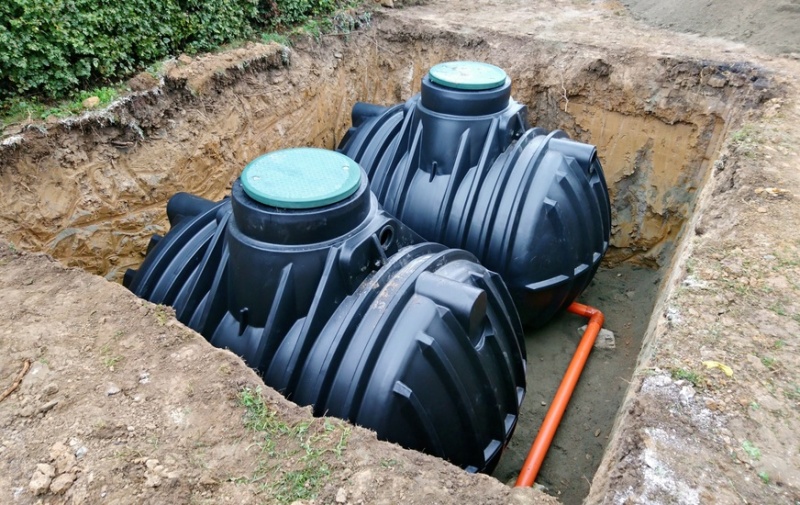An inground water tank is a water storage unit that is completely buried or built in the ground. The tanks are quite popular owing to the numerous benefits they bear. Inground water tanks have limitless capacities. How big the tank is depends on your specifications. This is especially true or concrete water tanks that can be designed to fit any requirements. The inground design also ensures your property has extensive usable space in the outdoors. Moreover, your exterior space is free of an eye sore in the form of a big above ground tank.
There are different types of inground tanks. Concrete tanks are the most versatile since their design is adaptable and fits any specifications. Other options include the buried stainless steel tanks and polyethylene tanks. The latter must be designed specifically for underground use since standard polyethylene tanks will not withstand the pressures exerted beneath the ground level. Regardless of the type of tank and its numerous benefits the mainstay question when it comes to inground tanks is, “is it safe?” The simple answer is yes. Here is how.
Water Safety

Inground water tanks will keep your water safe. The inground design ensures the water is kept away from contaminants. Most tanks feature a sealed hatch that keeps insects and other creatures from crawling into the water. The hatch also allows users to look into the tank and inspect the water and thertank.To maintain water safety, it’s recommended that the hatch remains sealed at all times. If the hatch is opened, it should not remain so for extended periods of time. Another safety hack for inground water tanks is the limited access. Aside from the hatch, the inlet and outlet are the only other access points for the tank. This ensures contaminants are kept to a minimum. Moreover, control measures can effectively be applied to curb contamination. Sieves can be fitted on the tank inlet to keep debris out and ensure the water is kept clean.
Structure Safety
The idea of fitting an underground tank and still utilizing the space above the installation sounds unsafe. However, inground tanks are designed to withstand a lot of pressure. You can build a house over an underground tank. What matters is which type of tank is it? Tanks that are fitted below buildings are made with a lot of reinforcement. Concrete tanks, in particular, are preferred for such builds since they can accommodate several structural modifications. Tanks that are fitted in backyards do not need excessive reinforcement. The above ground pressure is minimal. On the other hand, tanks that are buried deep in the ground must have extra reinforcements due to high pressures exerted at that level. Inground tanks are also equipped to survive earthquakes and other natural disasters.
Supply Security

Water safety not only looks at the contamination or wastage of water, but also covers security of supply. Inground water tanks guarantee constant supply of water despite dry taps from the council supply. Unlike above ground tanks, underground tanks have a large capacity. Hence they can meet your water requirements over extended periods. This minimizes the need for refills and ensures your taps never run dry. Areas with unreliable water supply and dry climatic conditions benefit the most from inground water tanks. If your tank is big enough, you can go completely off-grid and set up your house away from water supply lines. As a result, you can explore new settlement areas with unique qualities.
All in all, an inground water tank is a safe investment. It’s not only a safe structure but also keeps your water safe.






